Two Holiday Dinners: Rib Roast for Them, Ribeye Cap for You
One of the most classic dinners for the winter holidays is a perfectly cooked prime rib roast. It wows your holiday guests and makes the family happy, too. What’s not to love: that delicious browned crust, the rosy-pink, tender interior flecked with fat and brimming with juiciness. Mmmmm. And then there are those few bites that come from the ribeye cap on the other side of the lump of fat—somehow those are the best bites of all. The meat is more tender, almost loose in texture, and the flavor seems turned up a few notches. If you had your way, wouldn’t you really just want to eat a whole roast made just from the cap?
Good news! We have a way to satisfy your beef-loving holiday guests with an amazing roast and also reward yourself for your thoughtful generosity toward your guests with the best steak reserved just for you and your family! How? By disassembling the prime rib before you cook it—trimming the fat and making a clean rosy-pink roast from the eye, while you save the cap for your family to devour after all the guests have gone. Devious? No, ingenious. Let’s take a look how!
What is eye of rib? What is a ribeye cap?
A prime rib is primarily composed of two muscles. One, the longissimus dorsi, is the main muscle in the group. It makes up the so-called eye of the rib loin. It is the roughly-circular muscle at the heart of a slice of prime rib or of a ribeye steak. It is tender, has very little connective tissue, and has little fat. (Only the very best specimens will have much fat in the eye, so great marbling will usually only be found in cuts graded Prime.)
The rib cap (spinalis dorsi) is the slightly spongy, super tender, amazingly flavored muscle that sits on the outer rim of the prime rib. It’s the bite you save for last to end the meal on a high-note or the one you eat first because it’s the best, depending on your personality and relationship with delayed gratification.
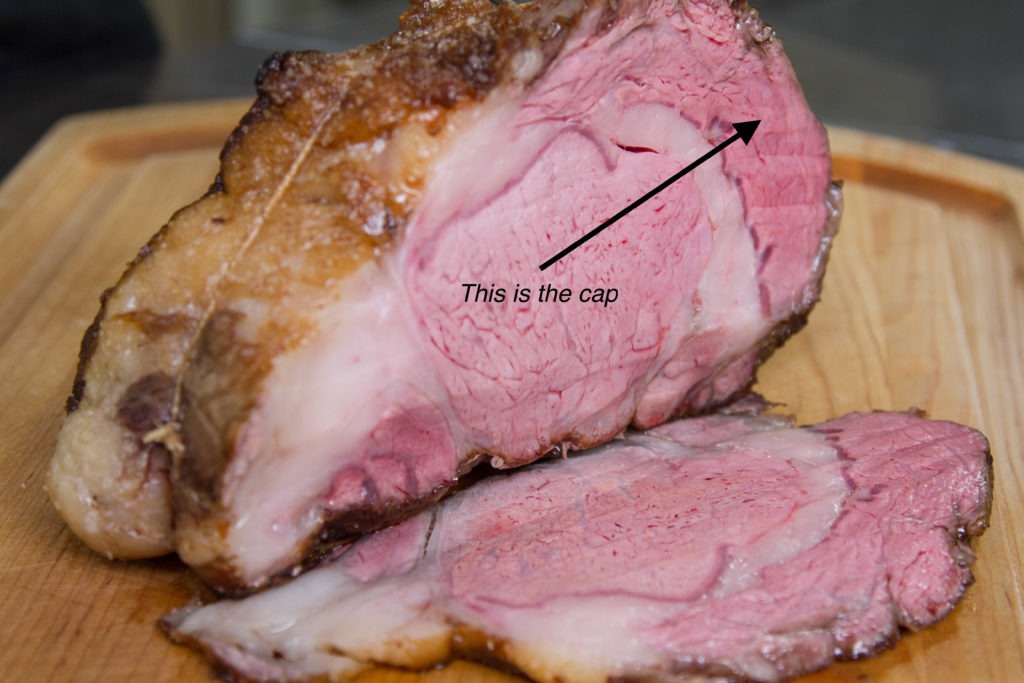
Why cook a prime rib as two cuts?
For all the good of a prime rib roast, there are drawbacks. The ratio of meaty-crusty exterior to (relatively low-flavor) interior is way off, it takes a long time to cook, and not everyone is a fan of those big seams of fat that run through the cut—yes, your one uncle loves the fatty bits, but everyone else at the table is picking around them. And there’s the seam of silverskin that runs along the edge of the eye. No one likes that.
By taking the whole thing apart, you rid your dinner of all the bad parts and accentuate the good parts. Here’s how it works out:
- Cut off the rib cap, trim it and the remaining loin of excess fat and silverskin. Boom. Two problems taken care of.
- By removing the cap and all that extra fat from the outside, you get a higher surface-to-interior ratio for browning. Now when you roast it, you have way more crusty, browned exterior for every square inch of surface that you will slice. That’s better flavor.
- And by cutting away so much mass, you also improve the thermal situation for cooking. It will cook in about 90 minutes, depending on the actual size of the loin and your oven and prefered doneness.
Everything about this roast is better.
And here is the grandest, best part of all. You now have the rib cap separate. You serve your guests the loin roast and quietly keep the cap in the fridge, maybe presalted, just for good measure. Your guests love the meal and praise you for your skill and kindness and they go home full and happy. You digest for a while longer, start heating a pan, warm some of the potatoes back up that you stowed in the fridge an hour ago, and sear up a portion of the cap steak until it is barely medium rare. You slice it thinly, sit back—with a glass of, oh, say, gingerale?—and quietly eat one of the best pieces of meat on the entire cow without any guests to share with or demands to meet. I guess you could wait until tomorrow to eat it. I sure can’t!
How to separate the muscles of a rib roast
We’ve done a whole post on cooking and preparing the rib cap. As home butchering goes, it’s quite simple and quite satisfying. Read an in-depth treatment on that page, or take a look at this visual guide:
Once you’ve separated the muscles, be sure to trim them well. Get rid of excess fat and all the silverskin that you can.
How to cook eye of rib roast
Once you’ve freed the eye of the loin, tie it up (for more even cooking and a nicer-looking final product), rub it with salt and pepper (maybe some paprika if you’re feeling festive) and put it in the freezer to firm up. A ChefAlarm® with a probe placed just under the surface is a great tool for this. You can set the low-temp alarm for 30°F (-1°C) and remove the roast when it gets there. By actually temping the meat, you get to forget about it while it chills (no constant opening the freezer to poke the meat) but you don’t risk freezing it solid. Preheat your oven to 250°F (121°C).
Once the meat is chilled, heat your skillet until ripping hot, grease it with a little high-heat oil, and brown the exterior of the eye-loin. Get it nice and brown—the point of pre-freezing was to set up a thermal barrier to the heat so that this step doesn’t turn the interior meat grey.
Once the loin is browned, insert the probe from a ChefAlarm into the center of the meat and cook it at 250°F (121°C) until the interior reaches your desired doneness. Because this piece of meat is significantly smaller than a whole prime rib, there is less thermal mass. Combine the lower thermal mass with the low cooking temperature and you’re looking at very little carryover cooking. Set your ChefAlarm’s high-temp alarm to just a degree or two lower than you want the meat to finish at. In our case, we set it to 128°F (53°C) to finish at a perfect medium-rare of 130°F (54°C). Verify the temperature with your Thermapen®® Mk4.
Let the loin rest for 5–10 minutes, untie it, slice it, and serve.
How to cook ribeye cap steak
After trimming the cap, give the cap a generous salting and keep it in the refrigerator until ready to use.
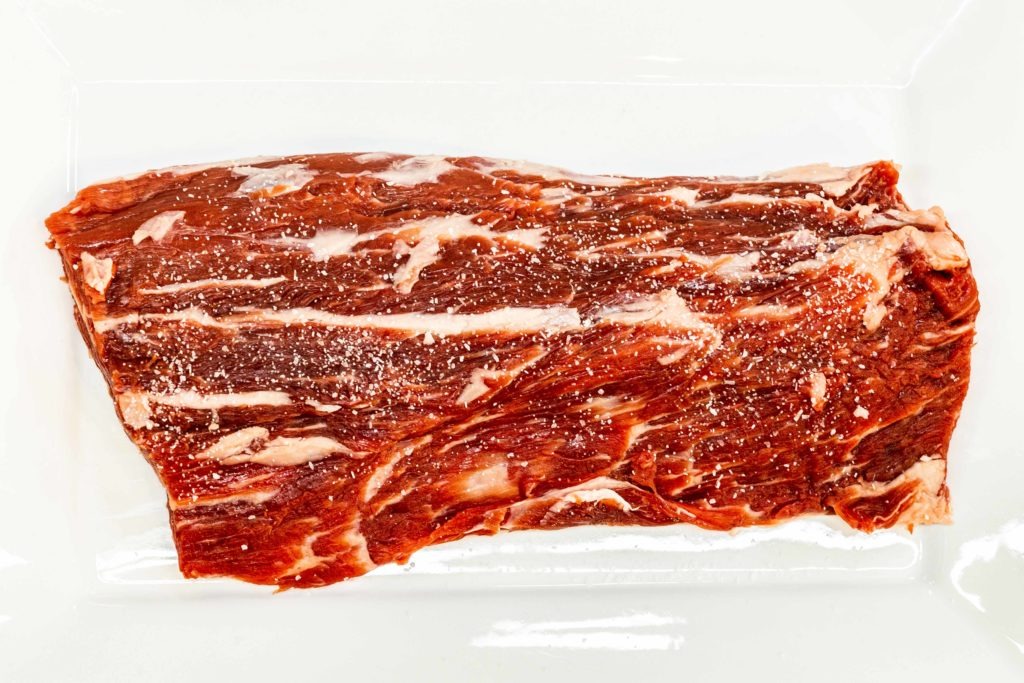
To cook the steak, heat a cast-iron skillet with a little high smoke point oil until the oil is shimmering and almost smoking. Place the steak in the pan and sear it for about two minutes, then flip it. Cook another two minutes, then flip again. Continue cooking and flipping the steak. Start checking the temperature of the steak with your Thermapen®. When the steak reaches 125°F (52°C), pull it from the pan. Though the steak is not terribly thick, the high-temp cook will give it a 5–7°F (3–4°C) carryover and land you at a delicious medium rare.
The long-fiber structure of the cap means that it is best sliced across the grain, much like a flank steak. It is phenomenal.
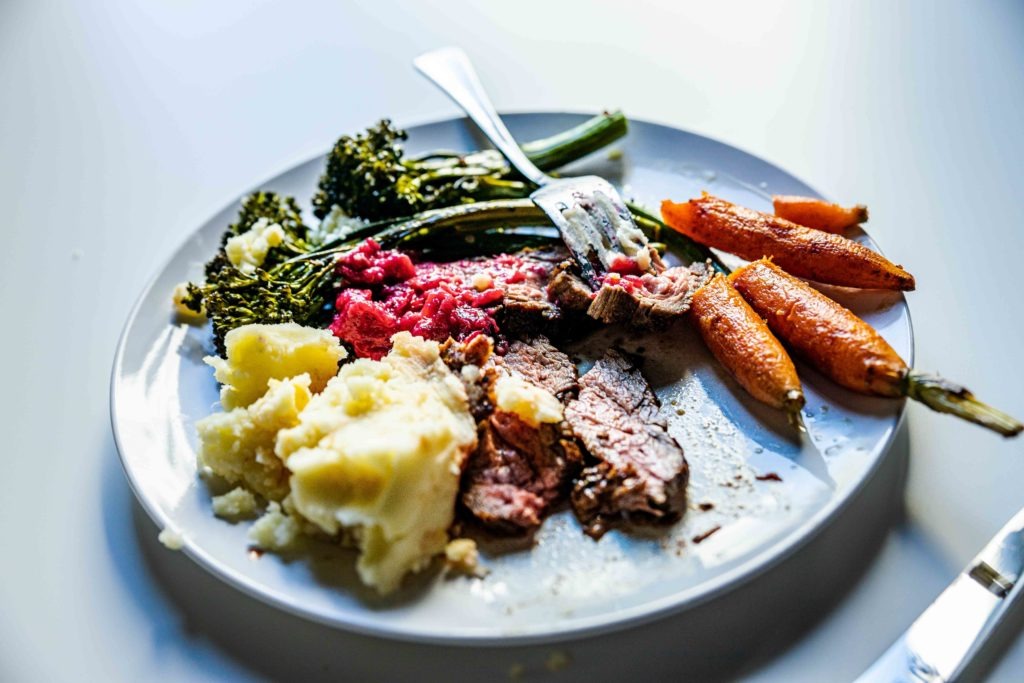
With a little bit of home butchery and some thermal care, you can get two amazing meals out of the same holiday rib roast. A perfectly-done eye of rib loin roast that (thanks to the ChefAlarm) will make sure your guests feel pampered, and a stunningly seared but still medium-rare (checked with your Thermapen®) rib cap that will reward you for your hospitality and cleverness. You’ll never go back to a whole prime rib, and that is a switch worth making.
Shop now for products used in this post:


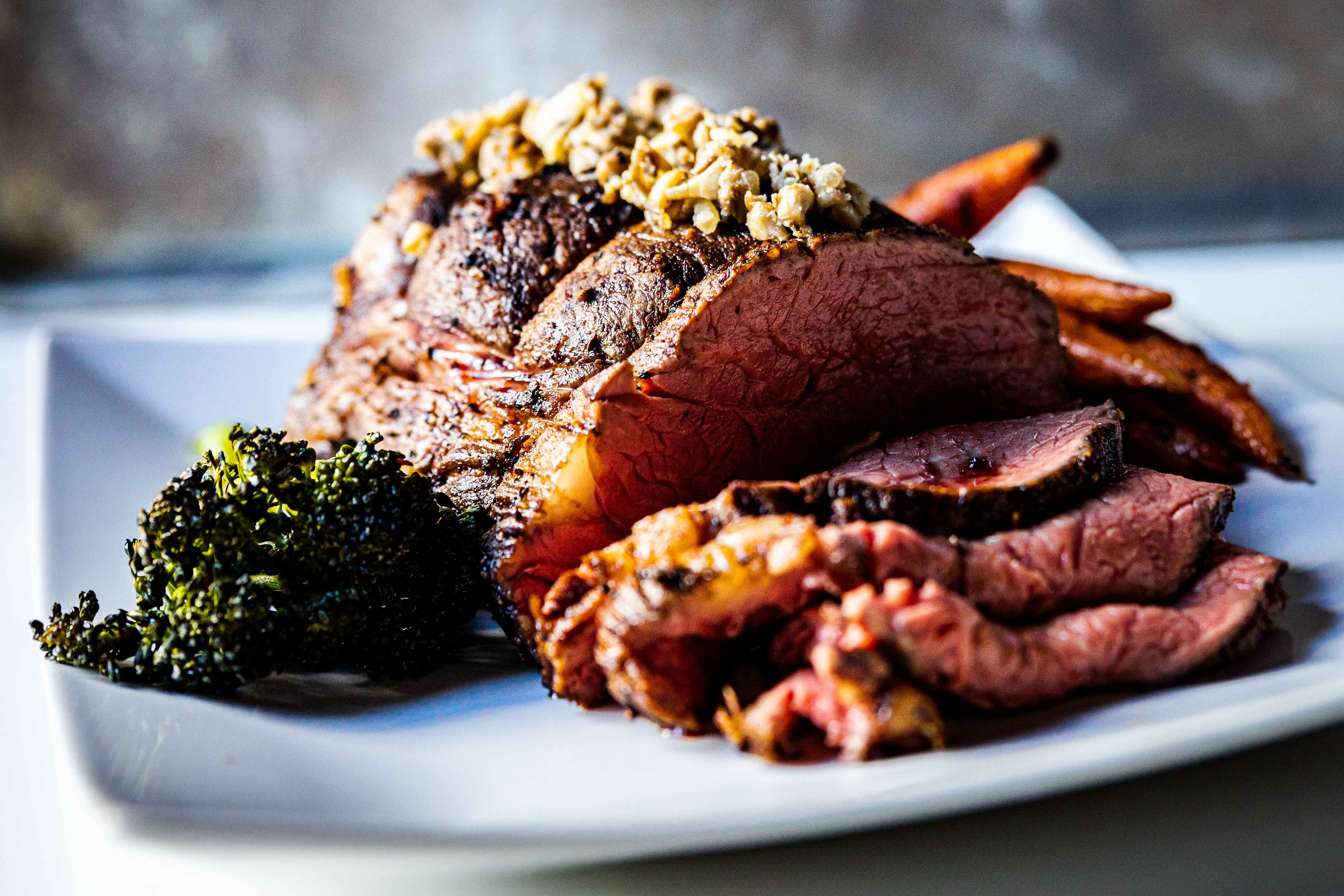
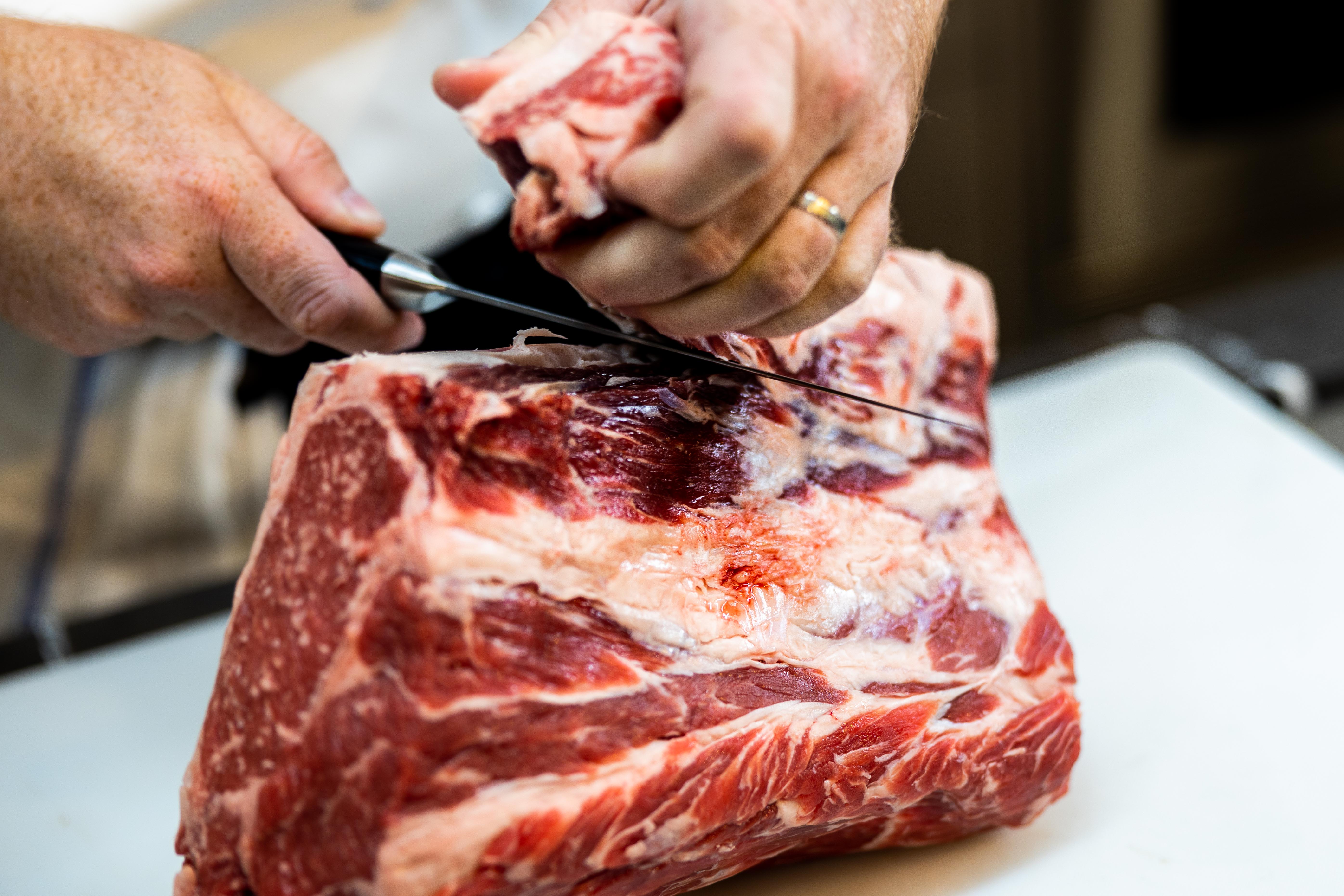
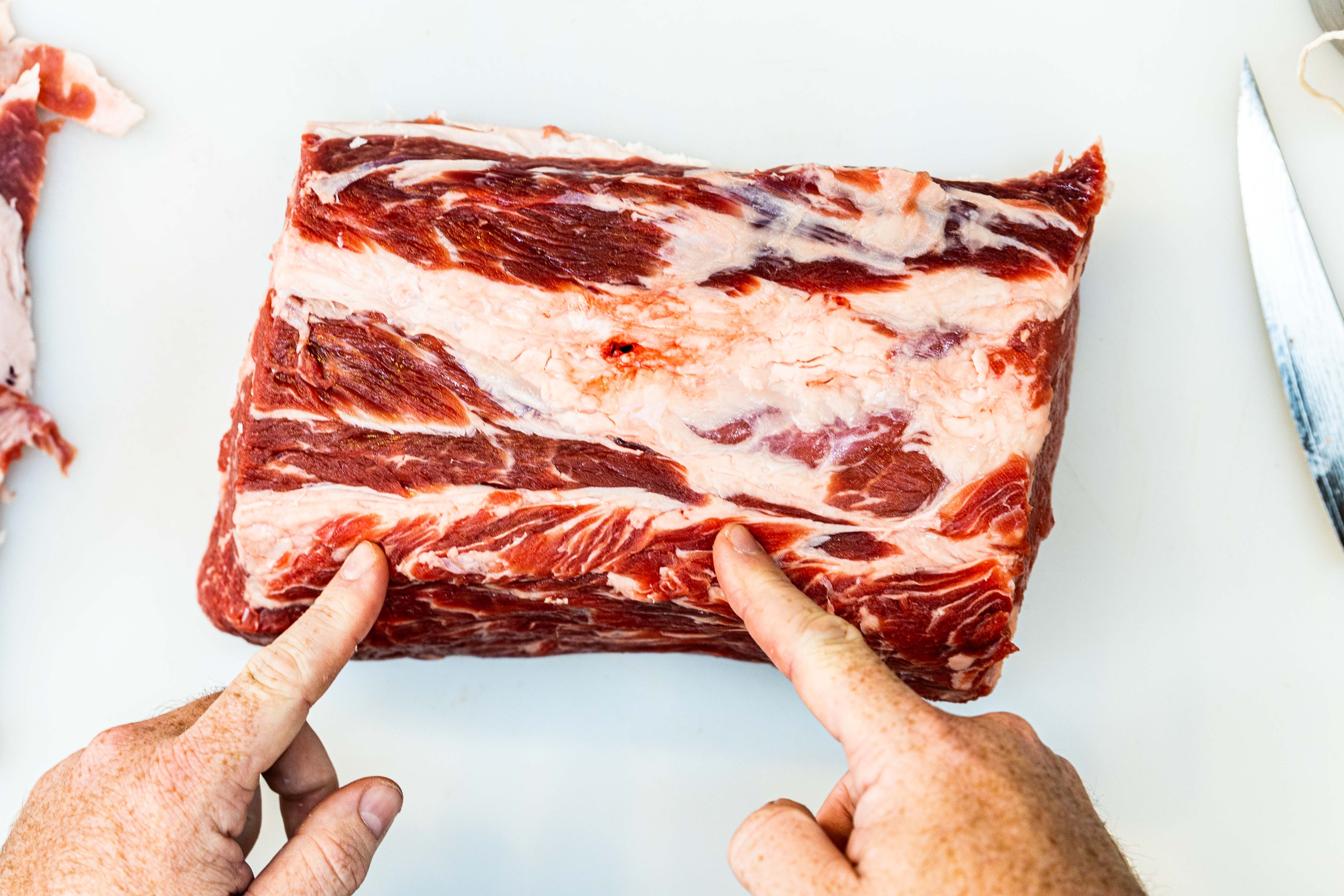
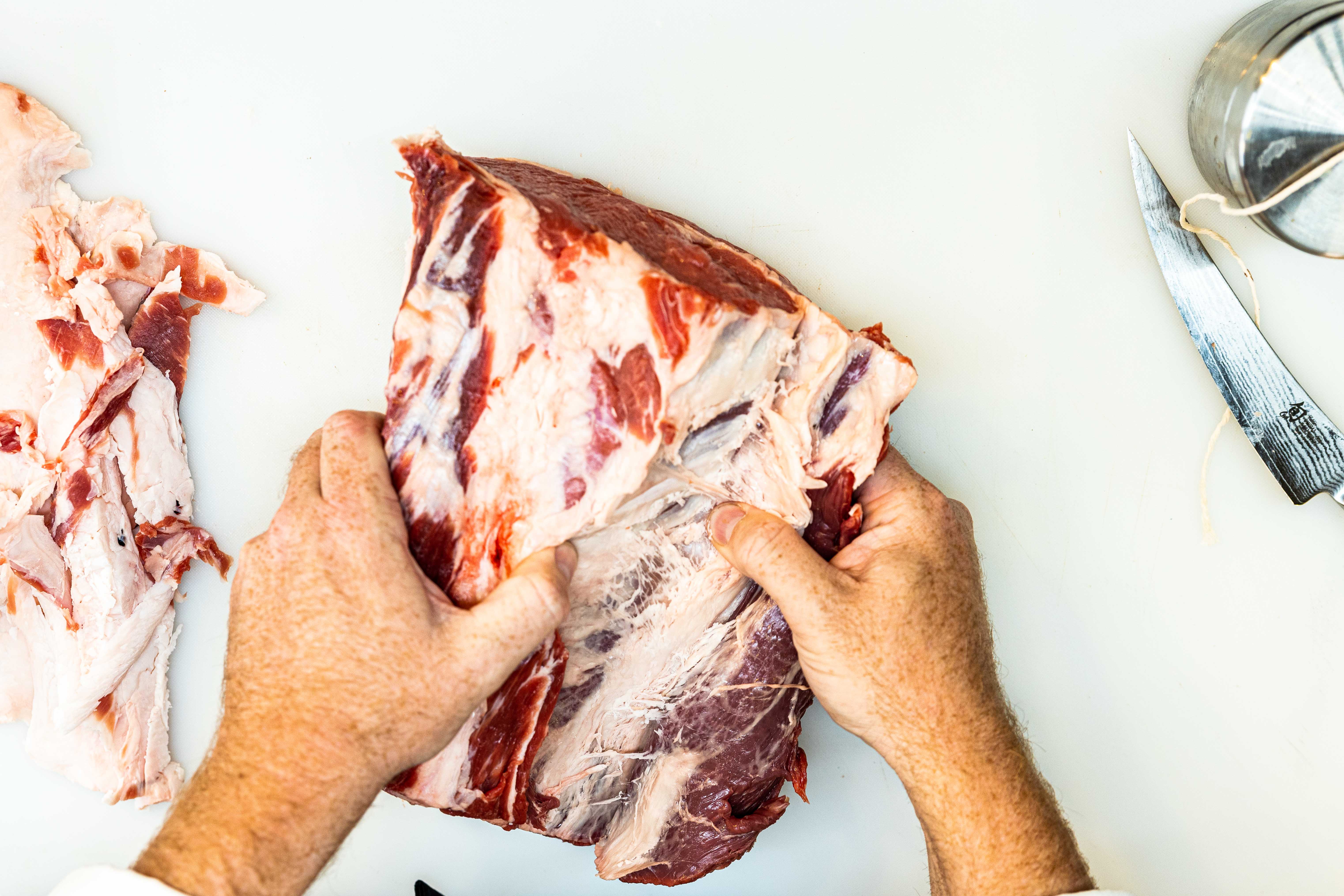
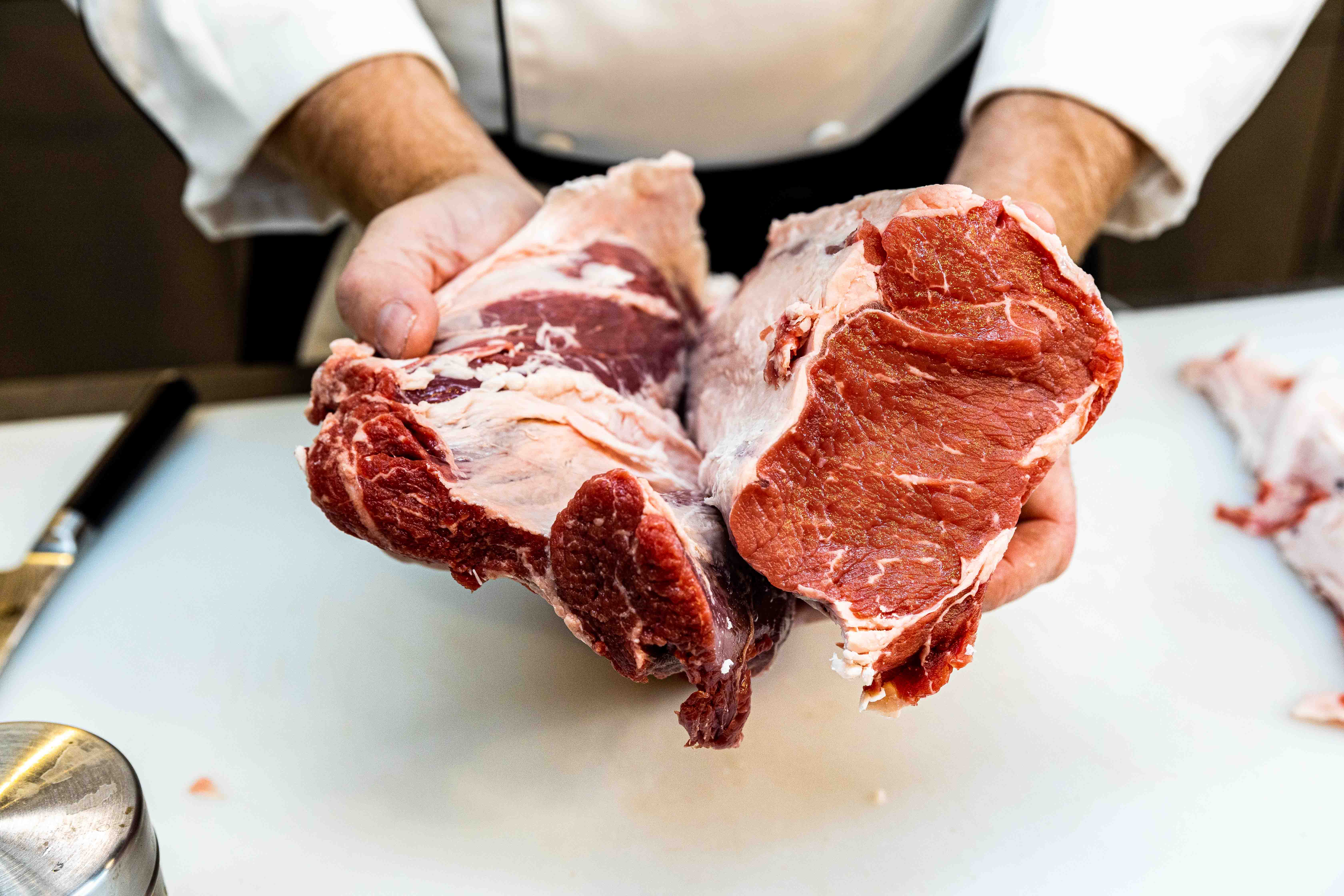
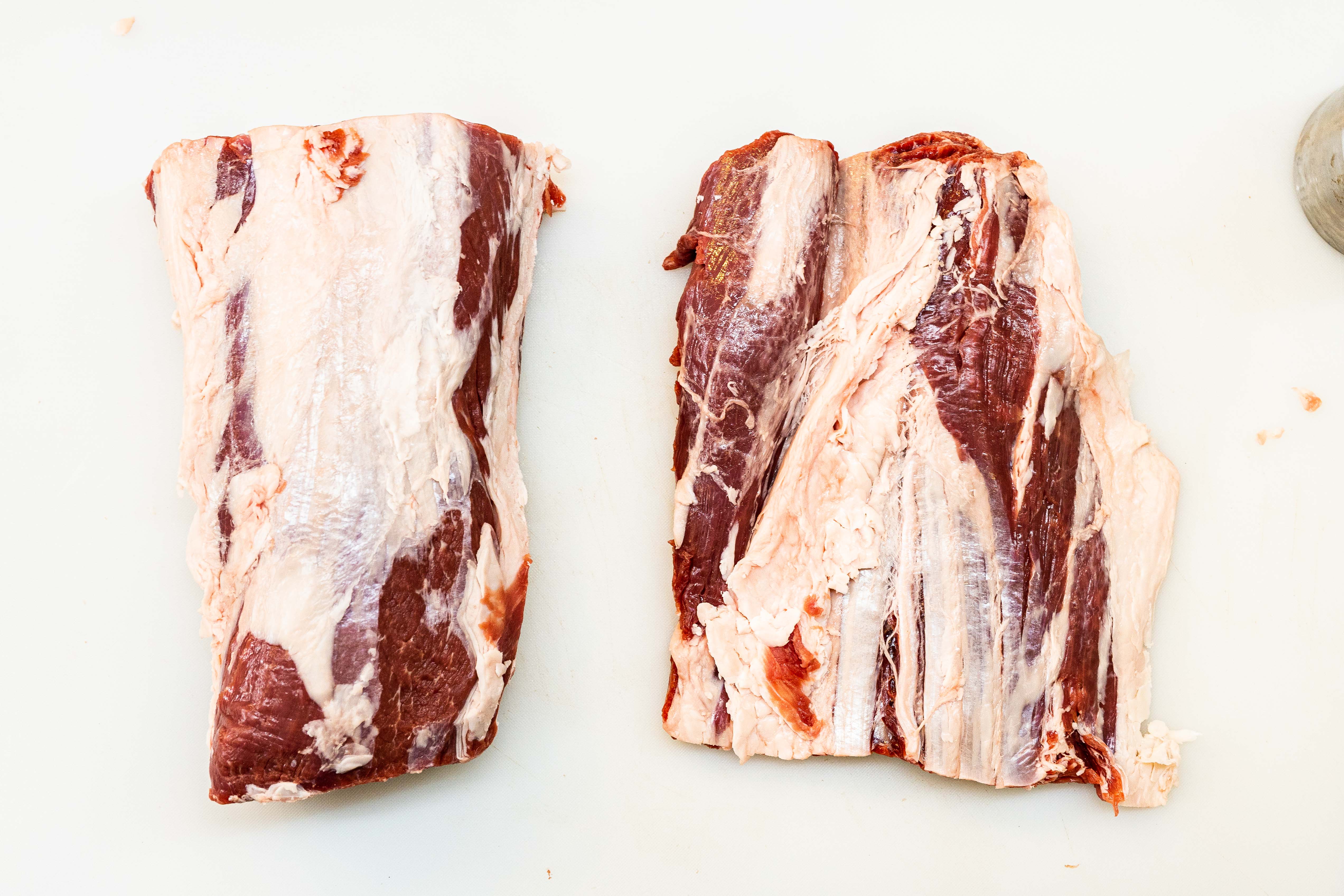
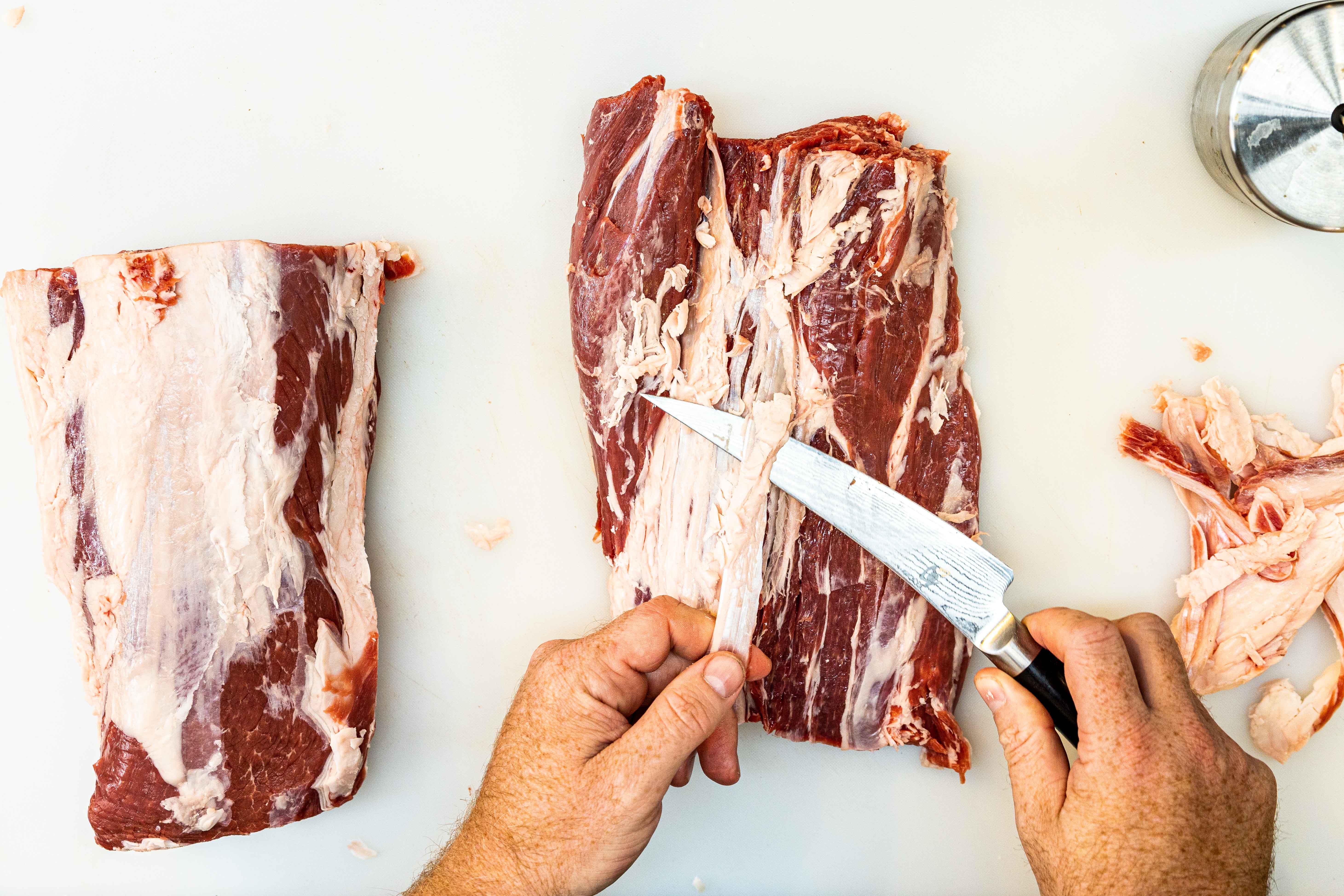
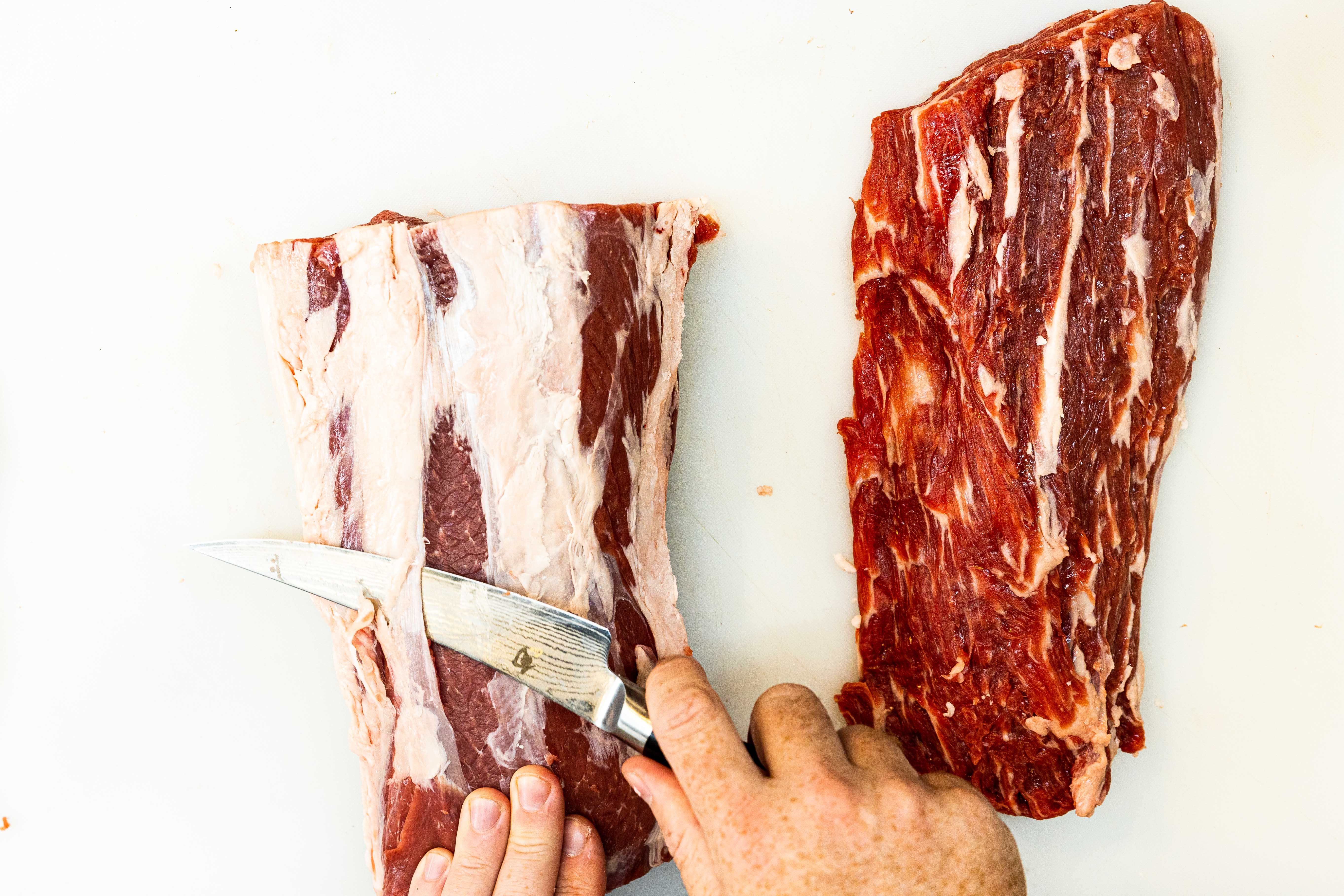
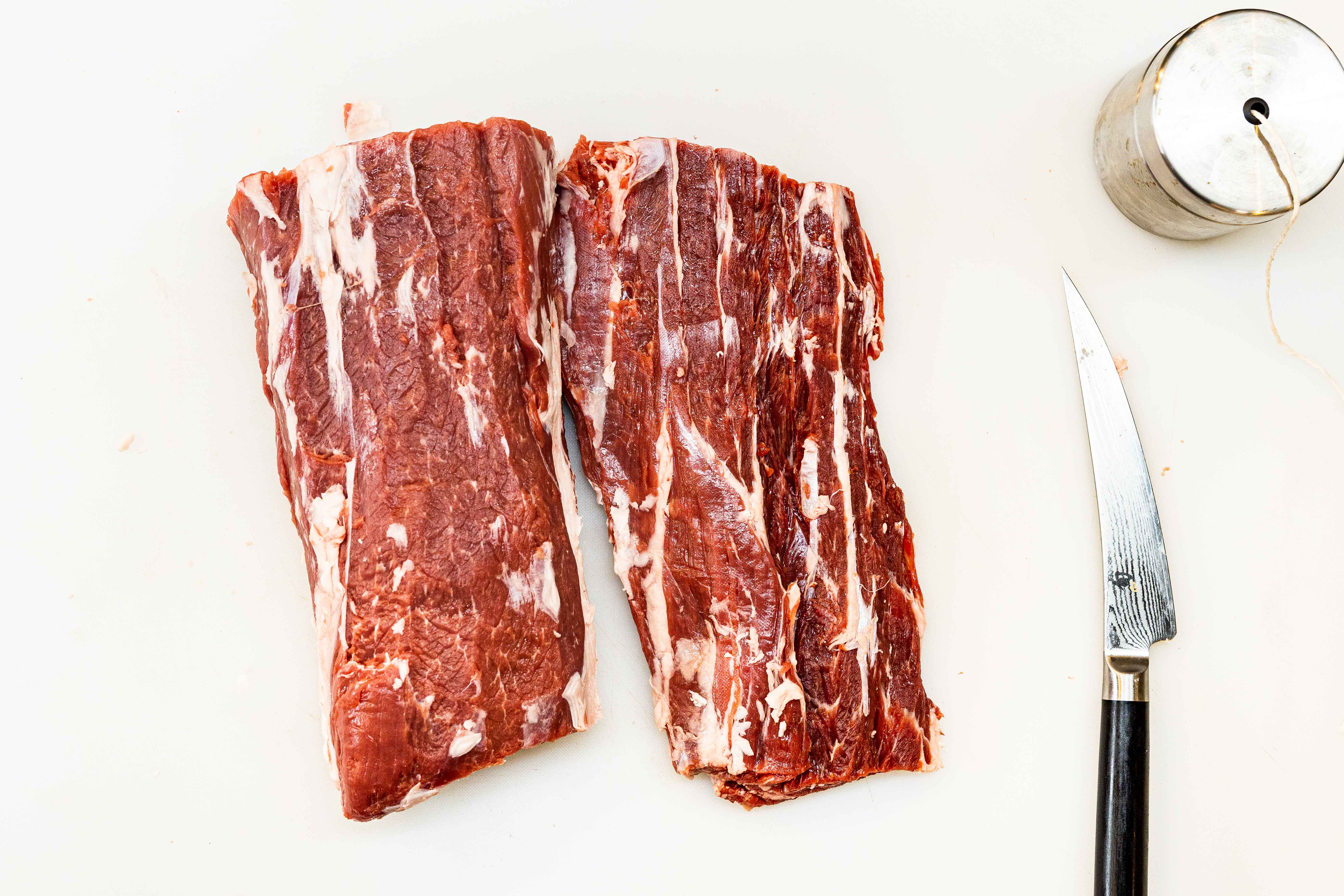
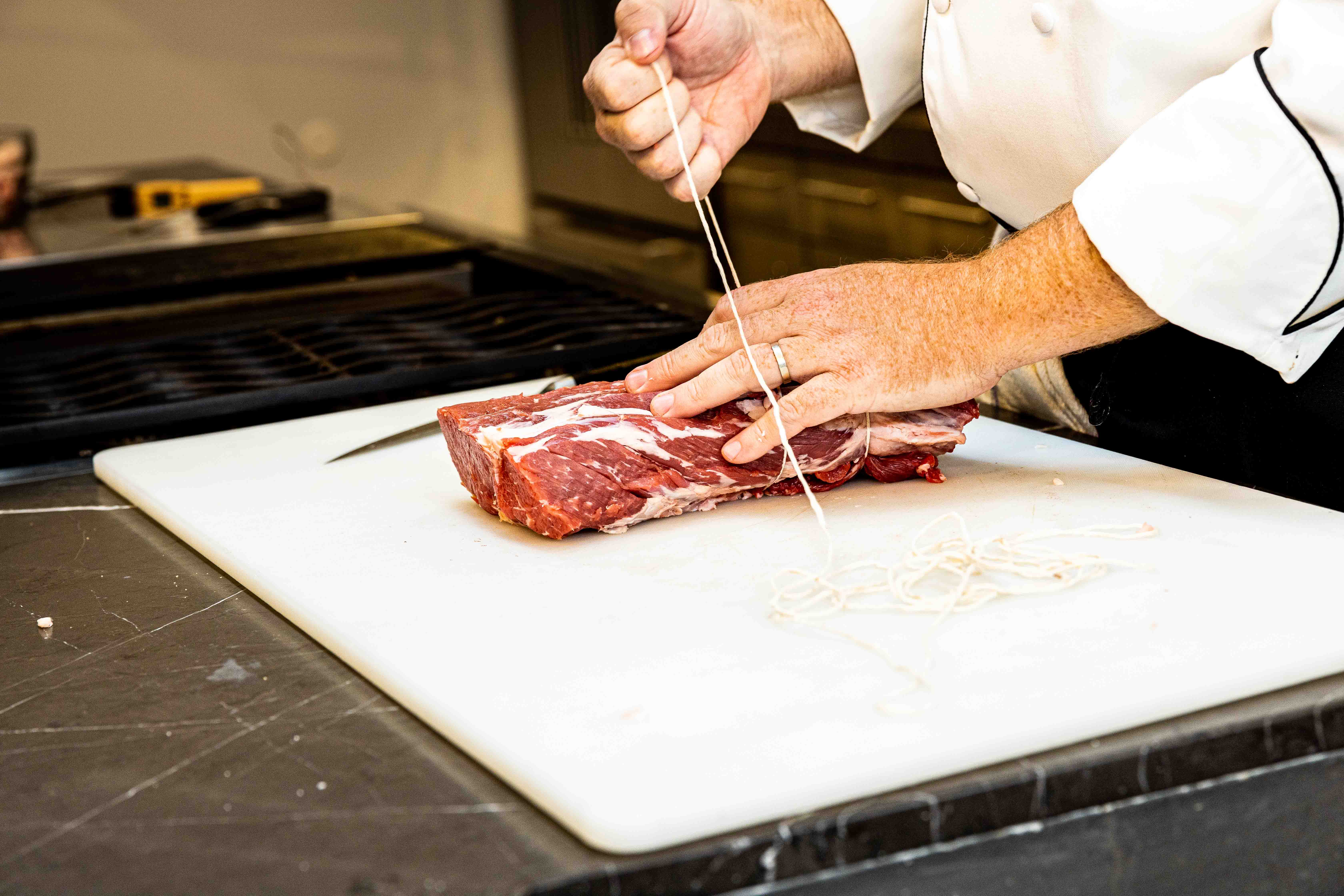
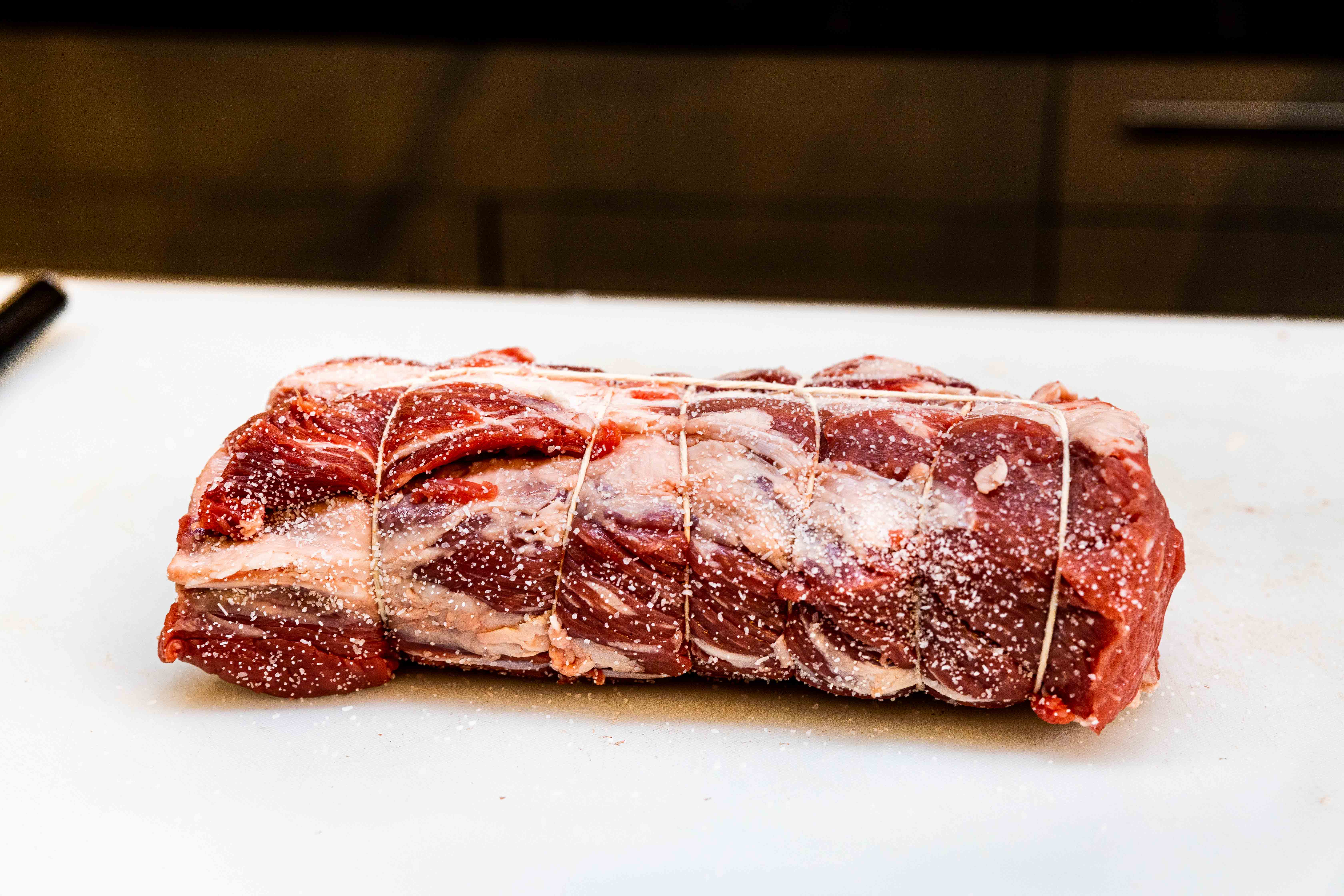
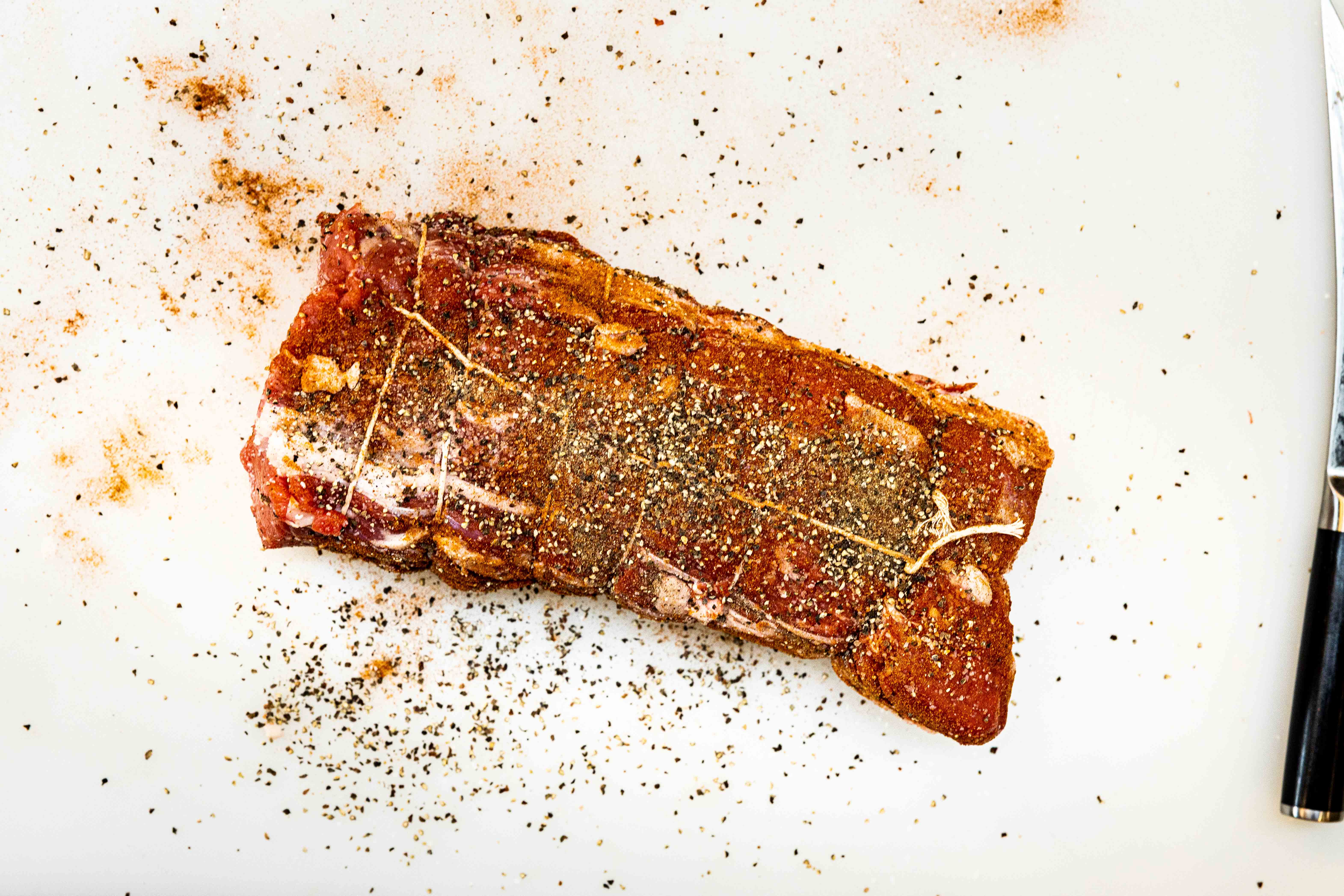
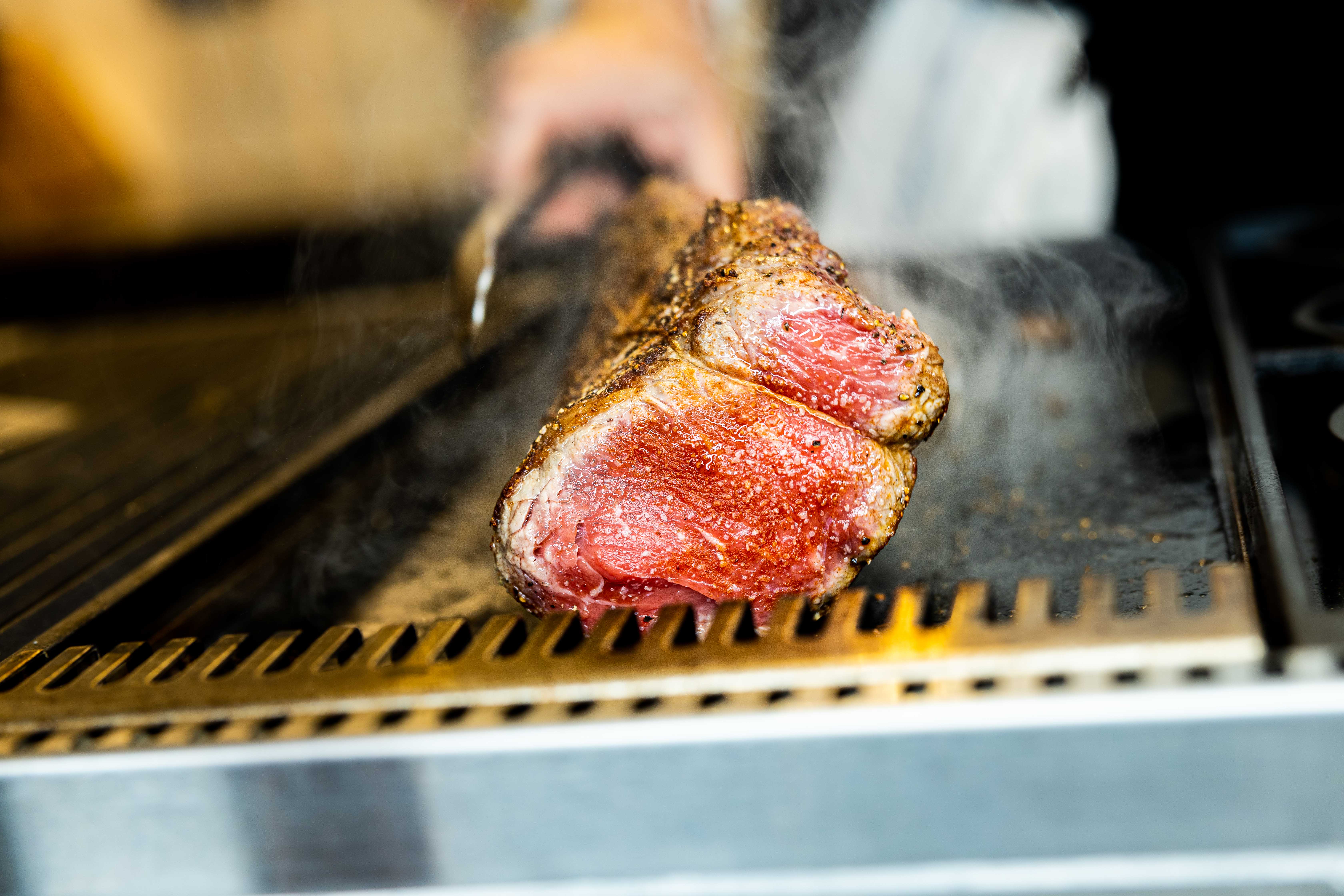
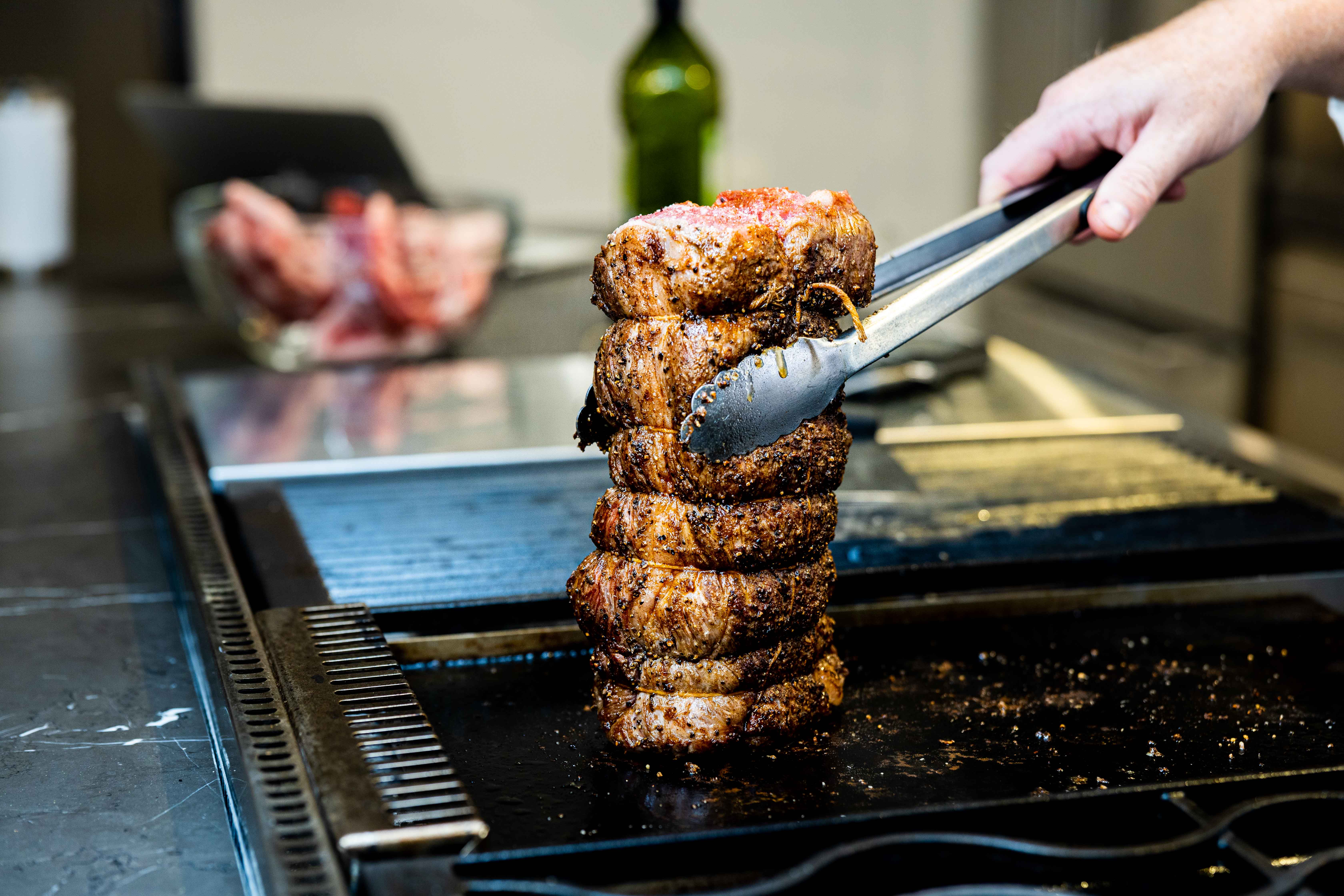
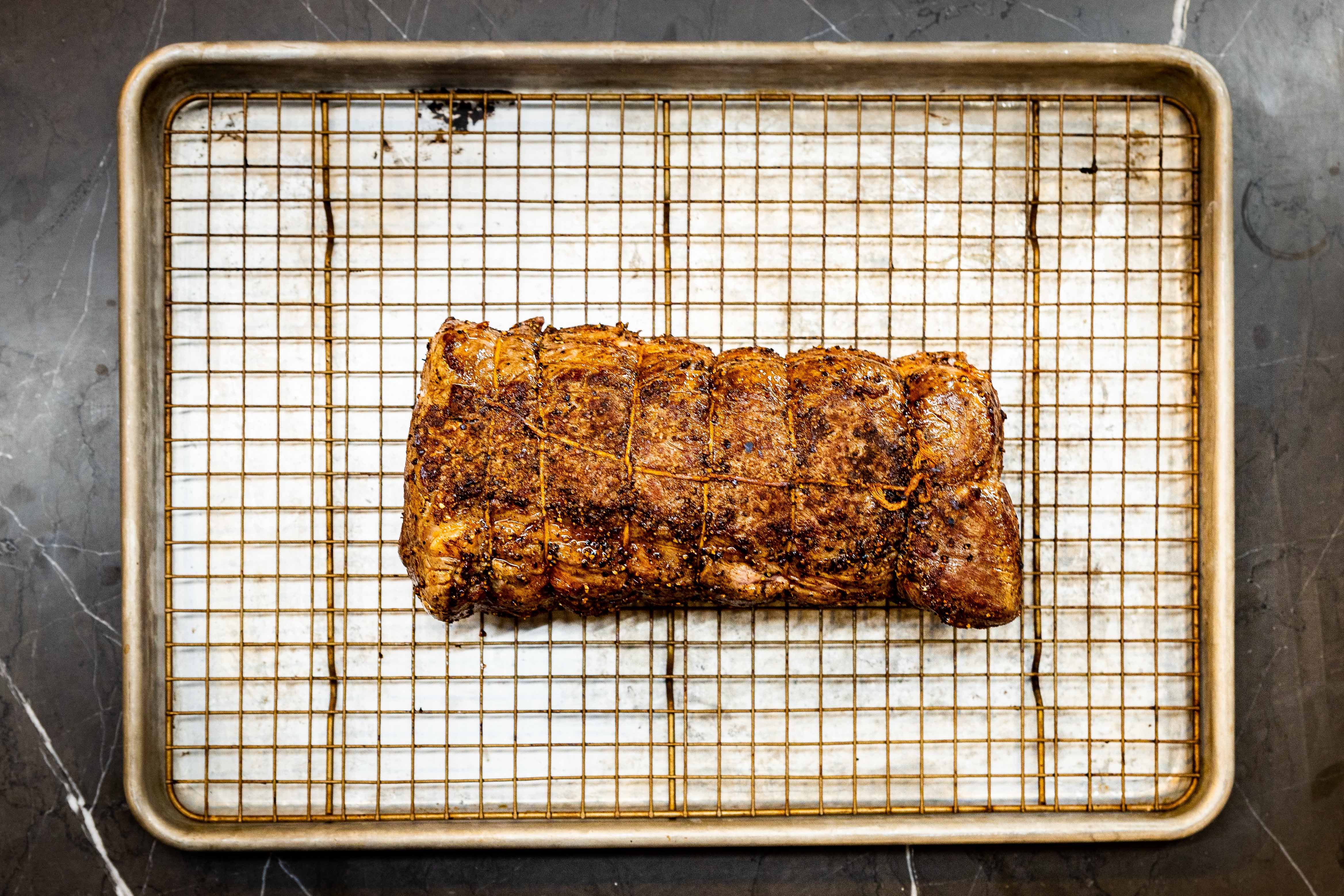
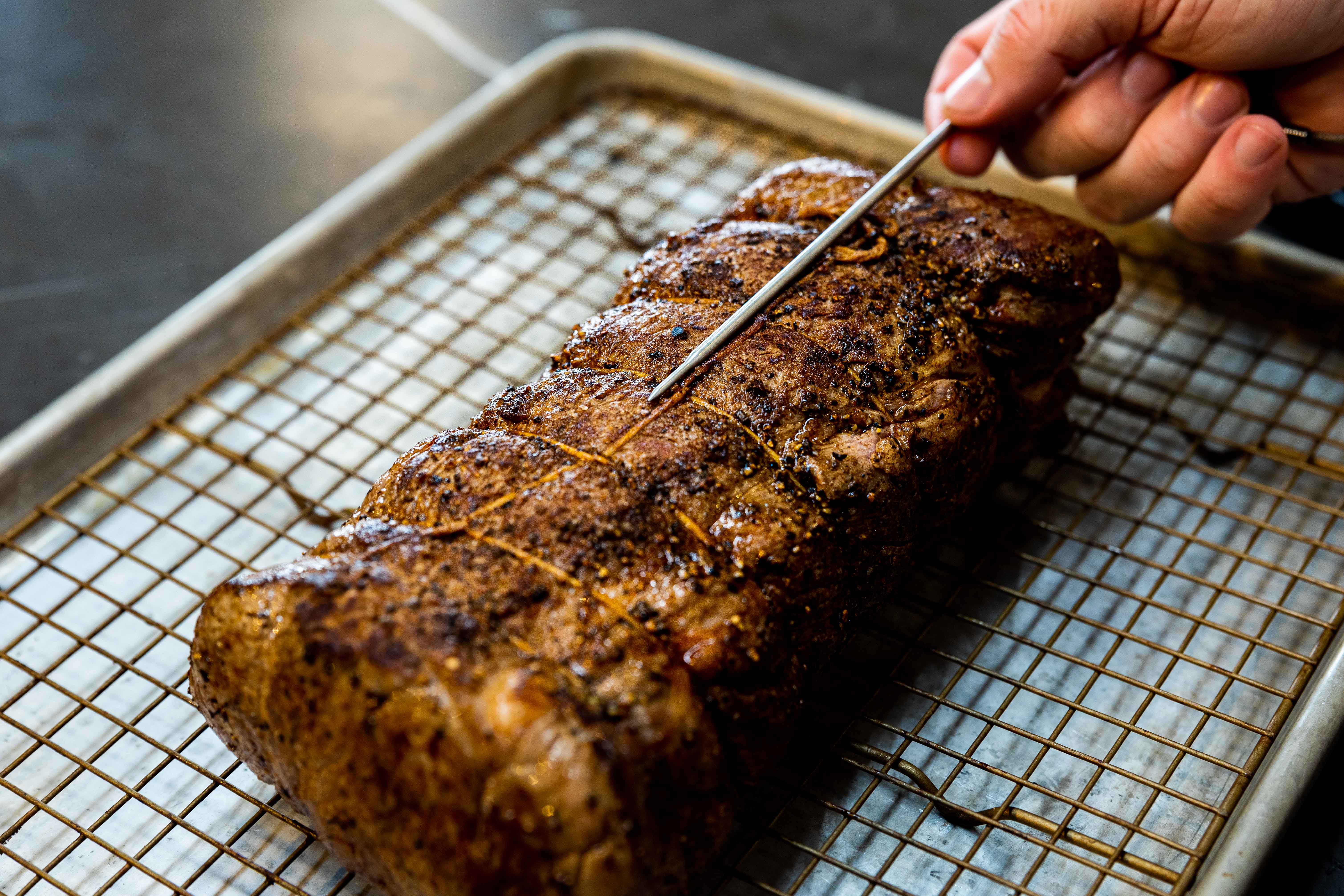
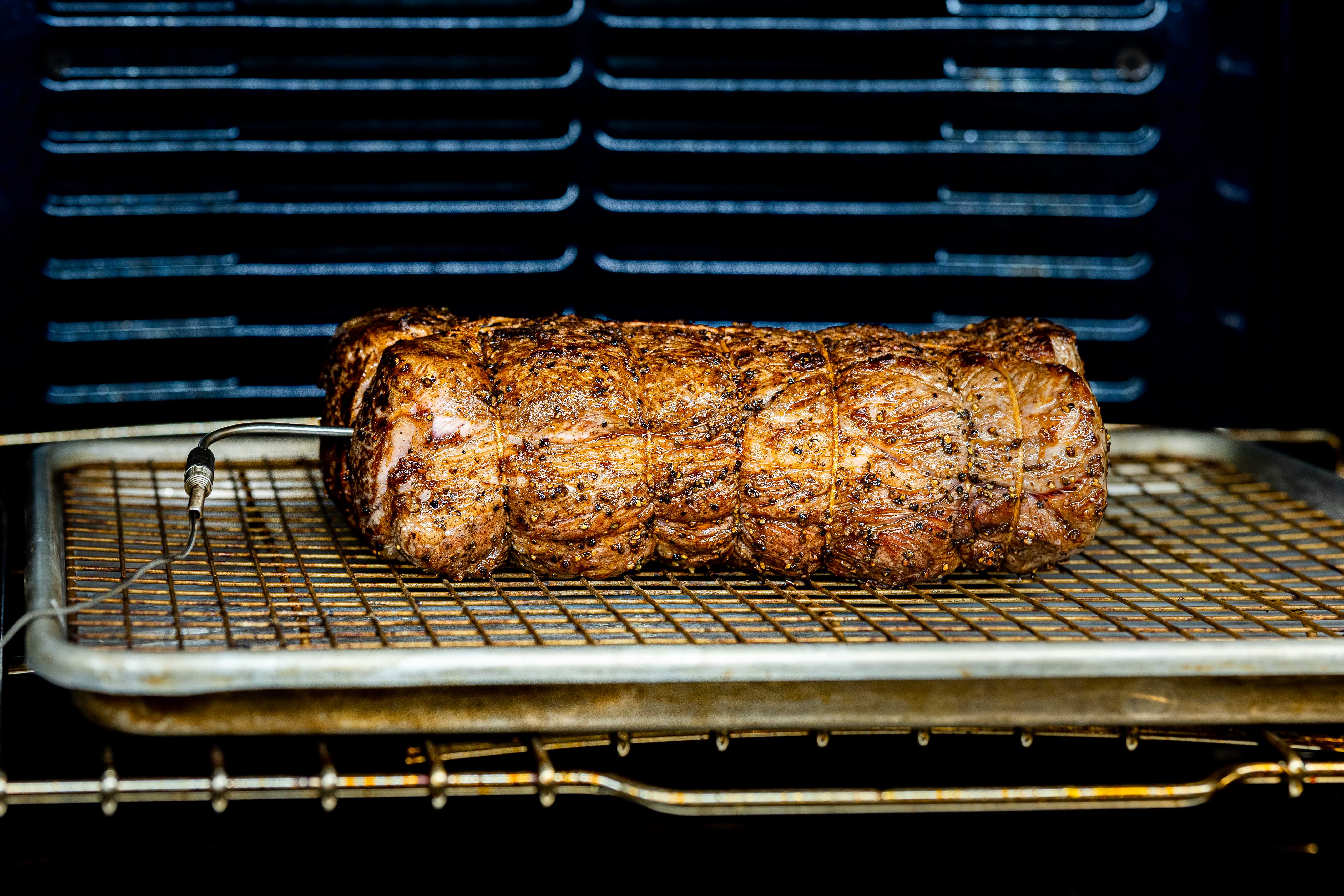
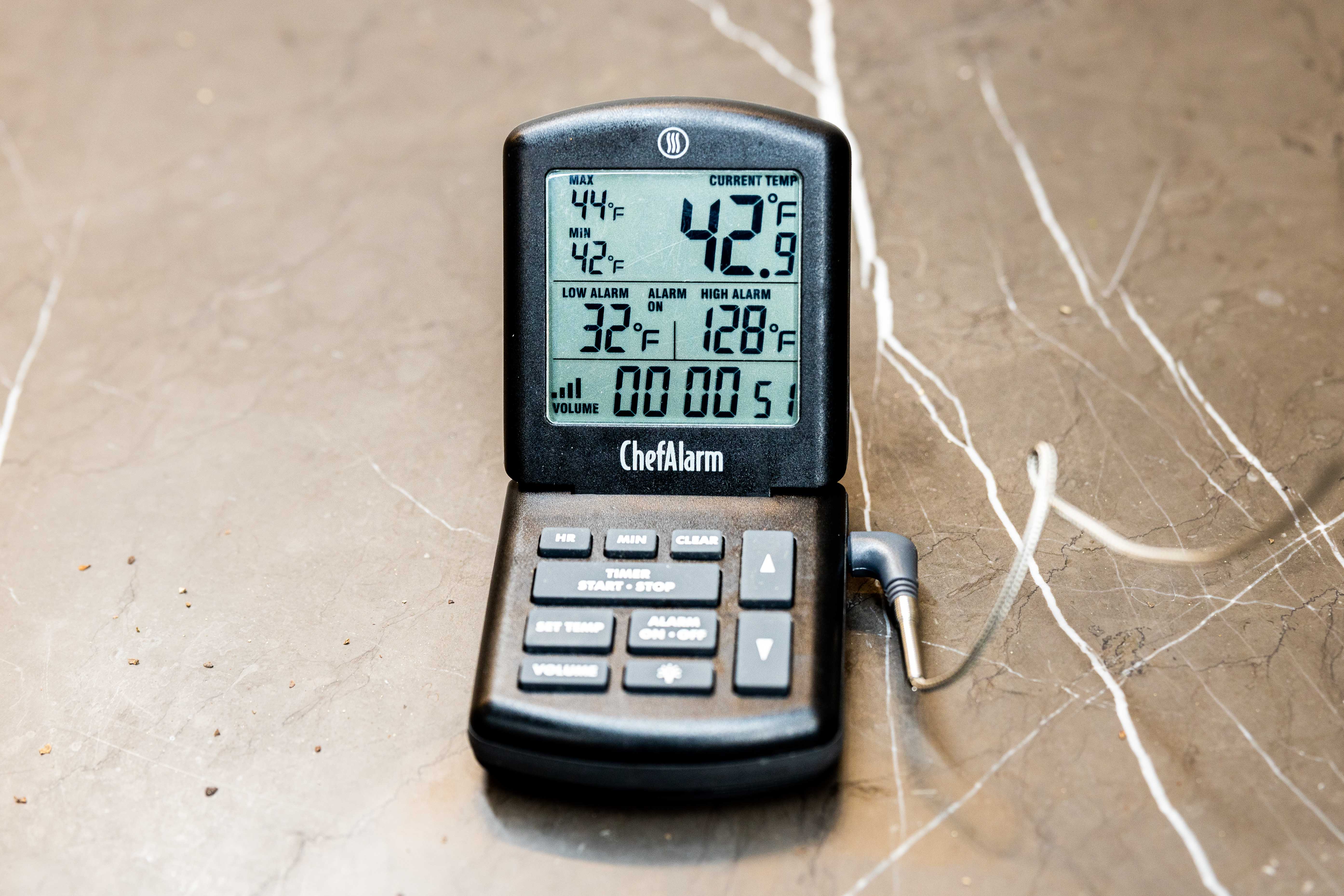
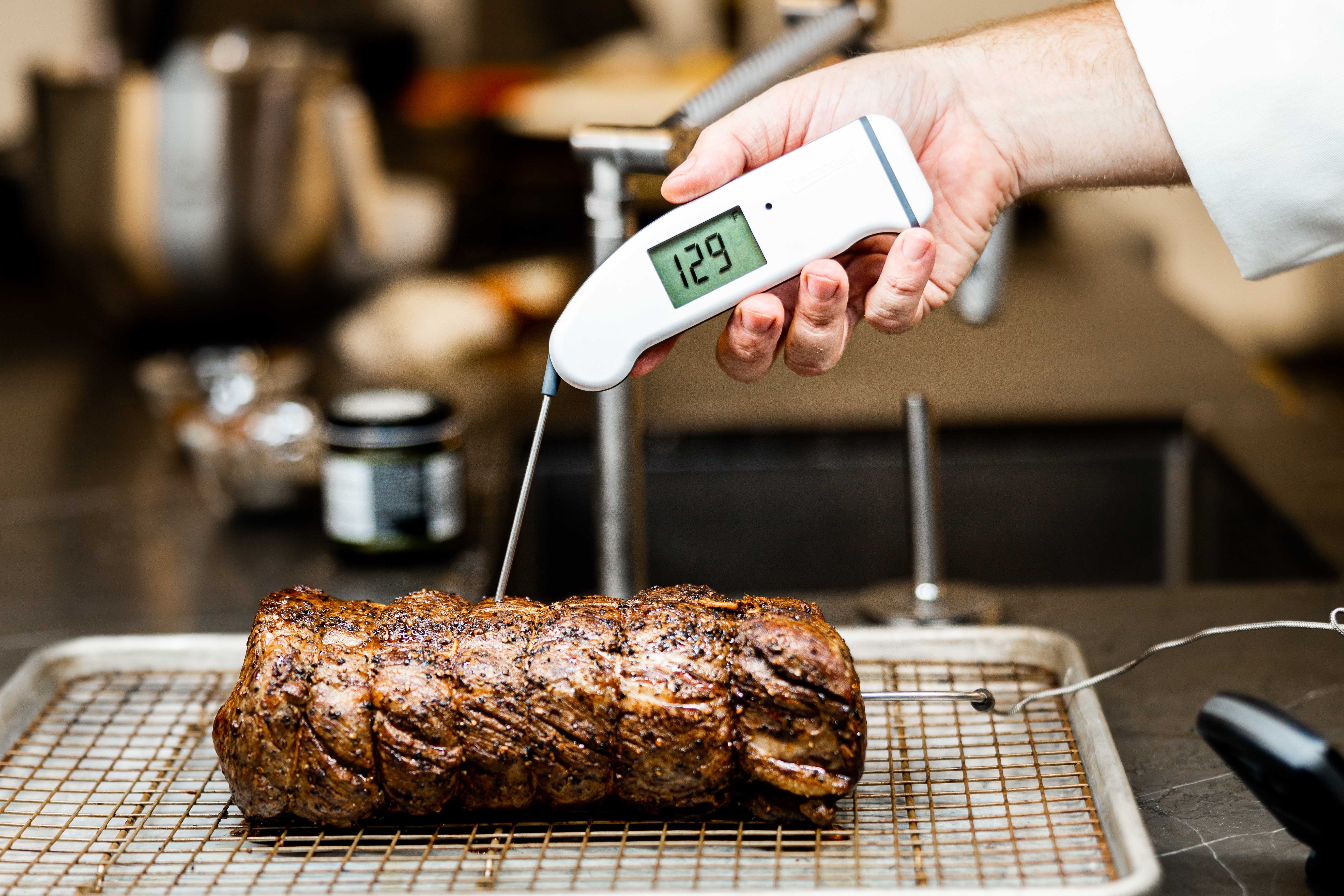
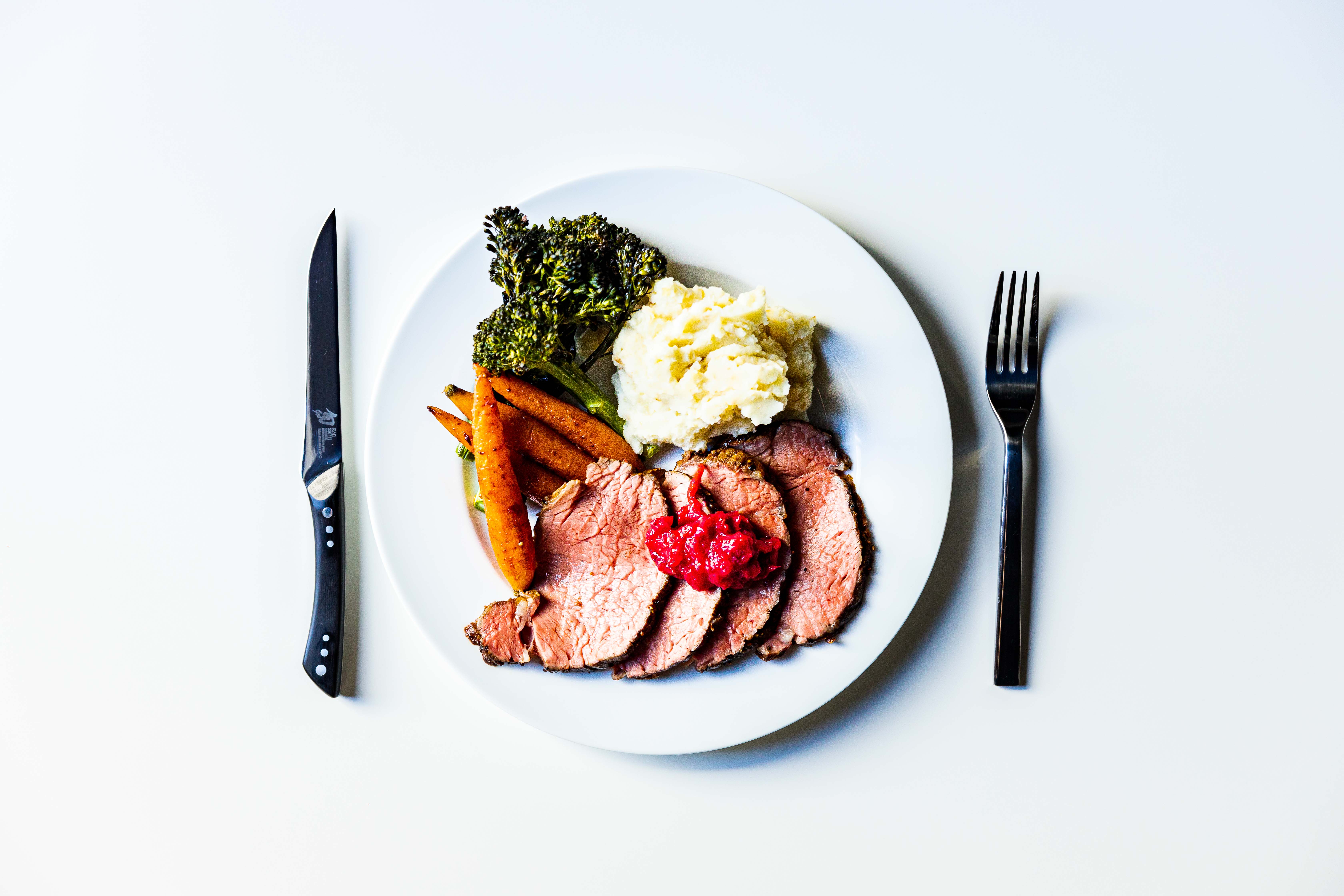
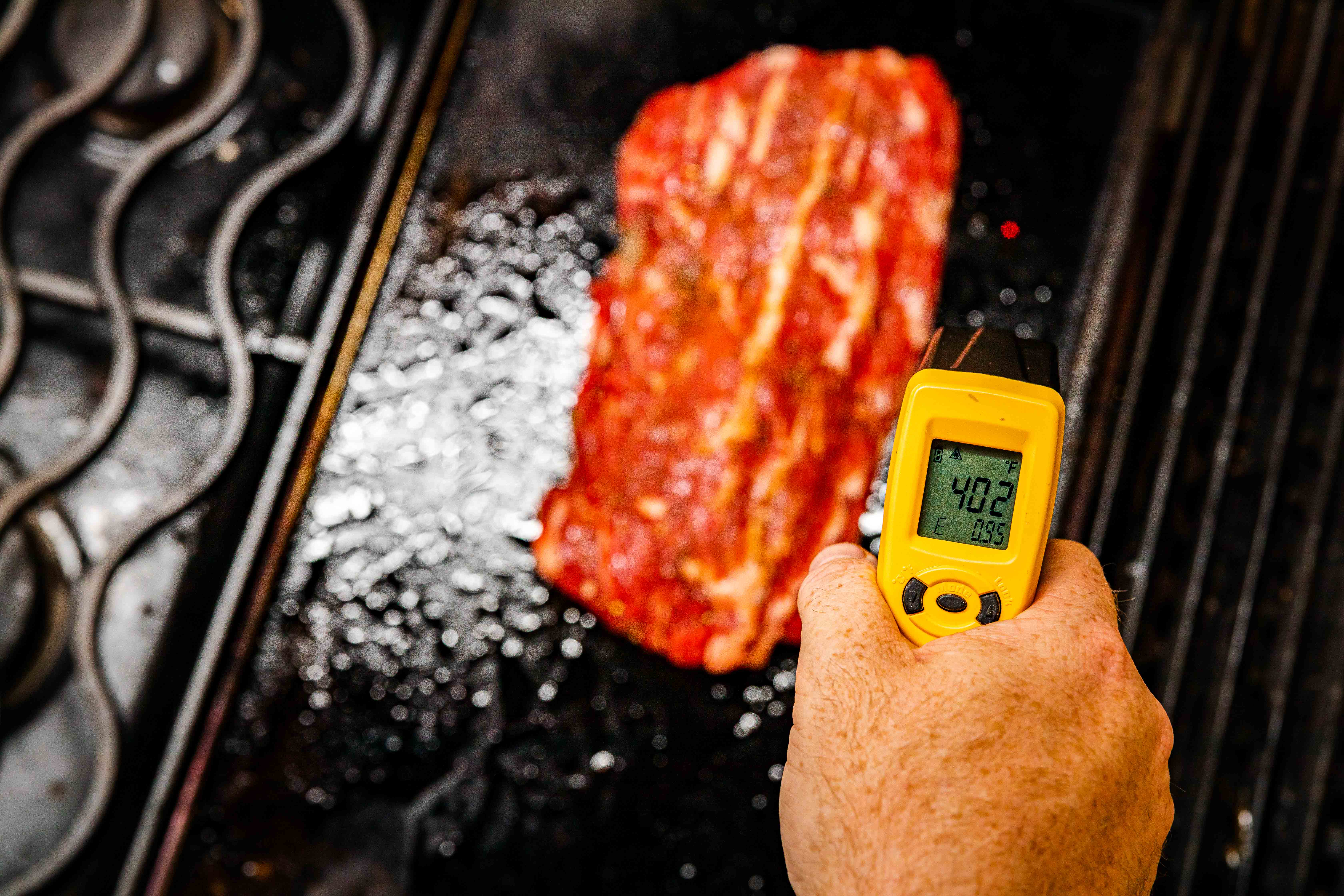
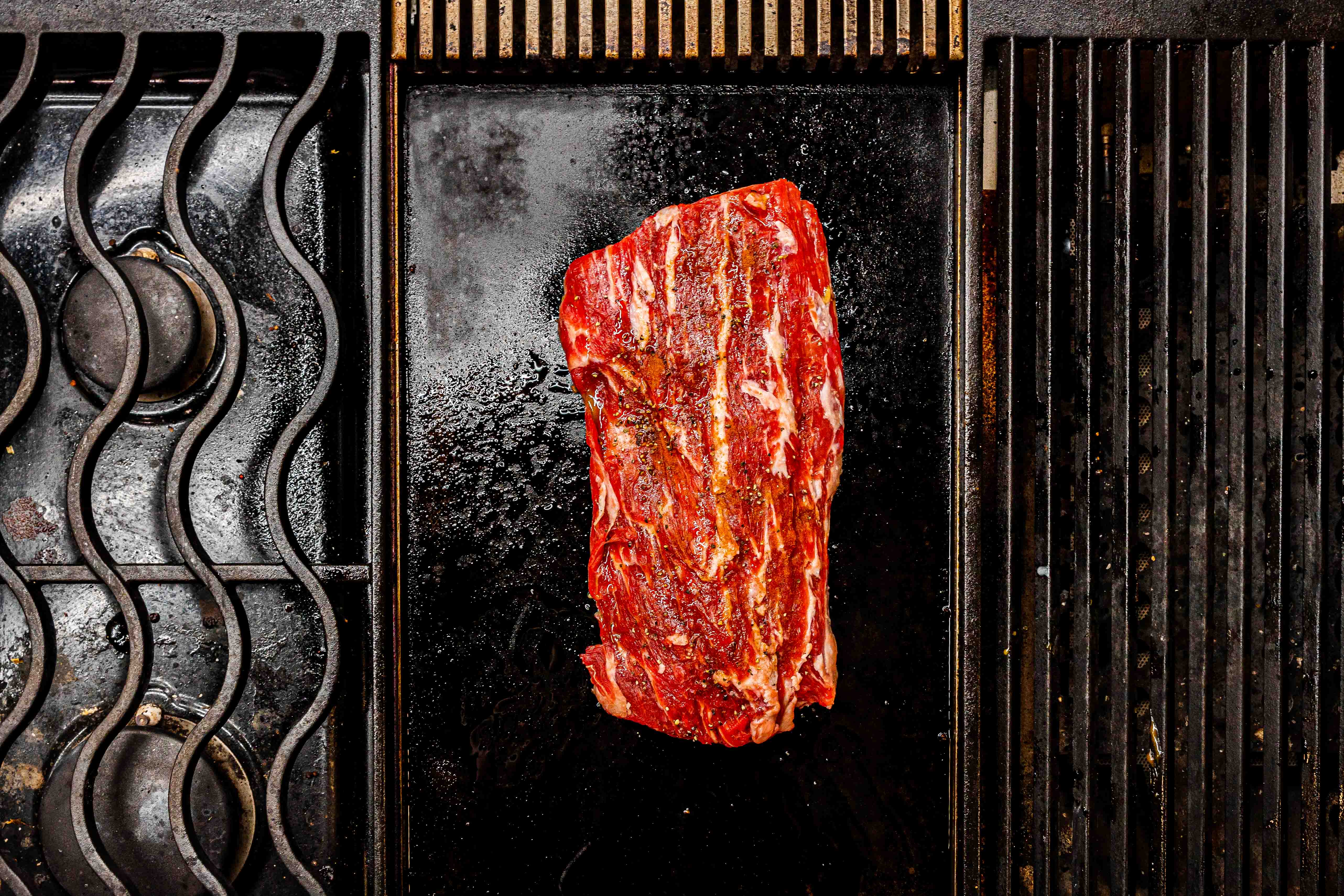
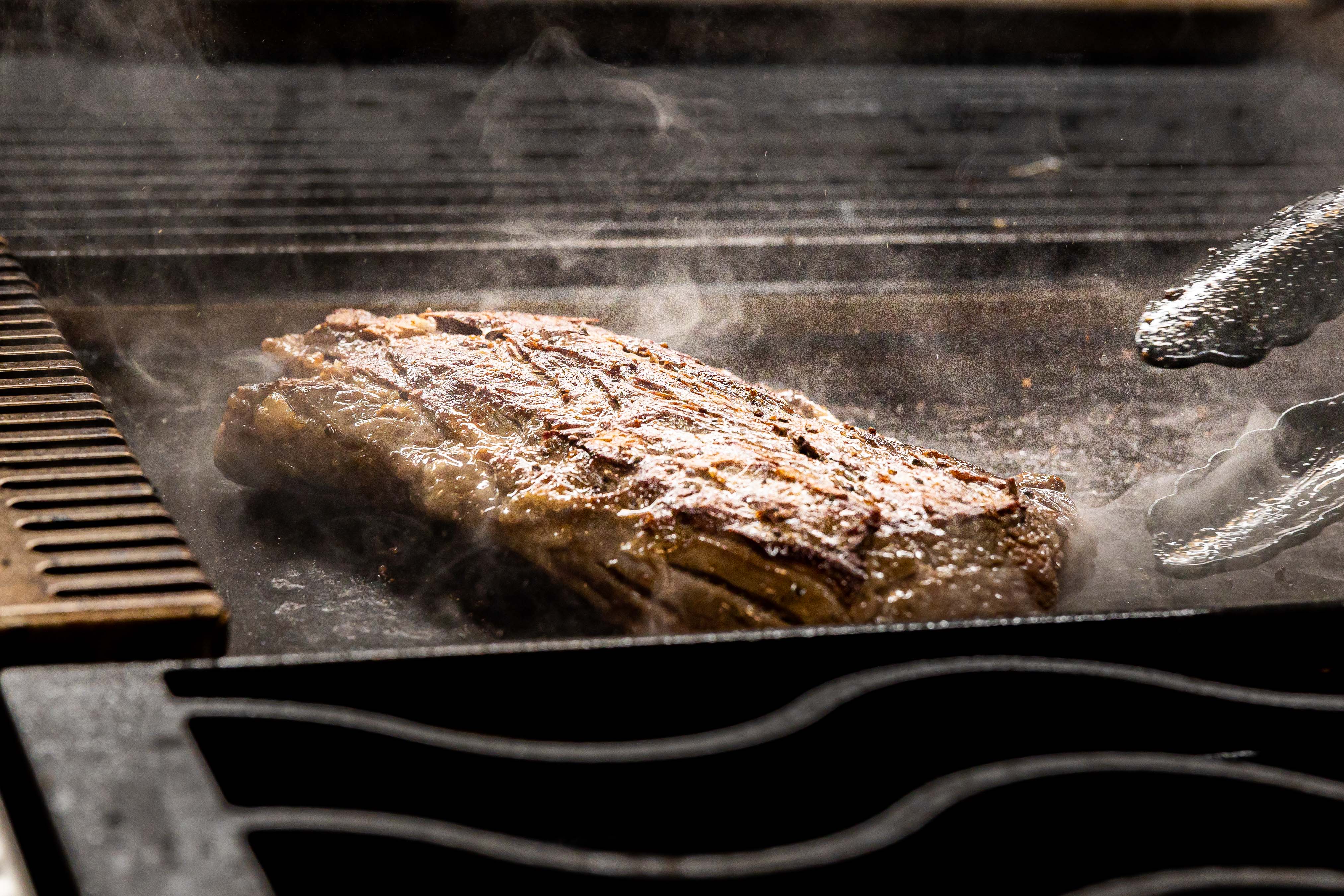
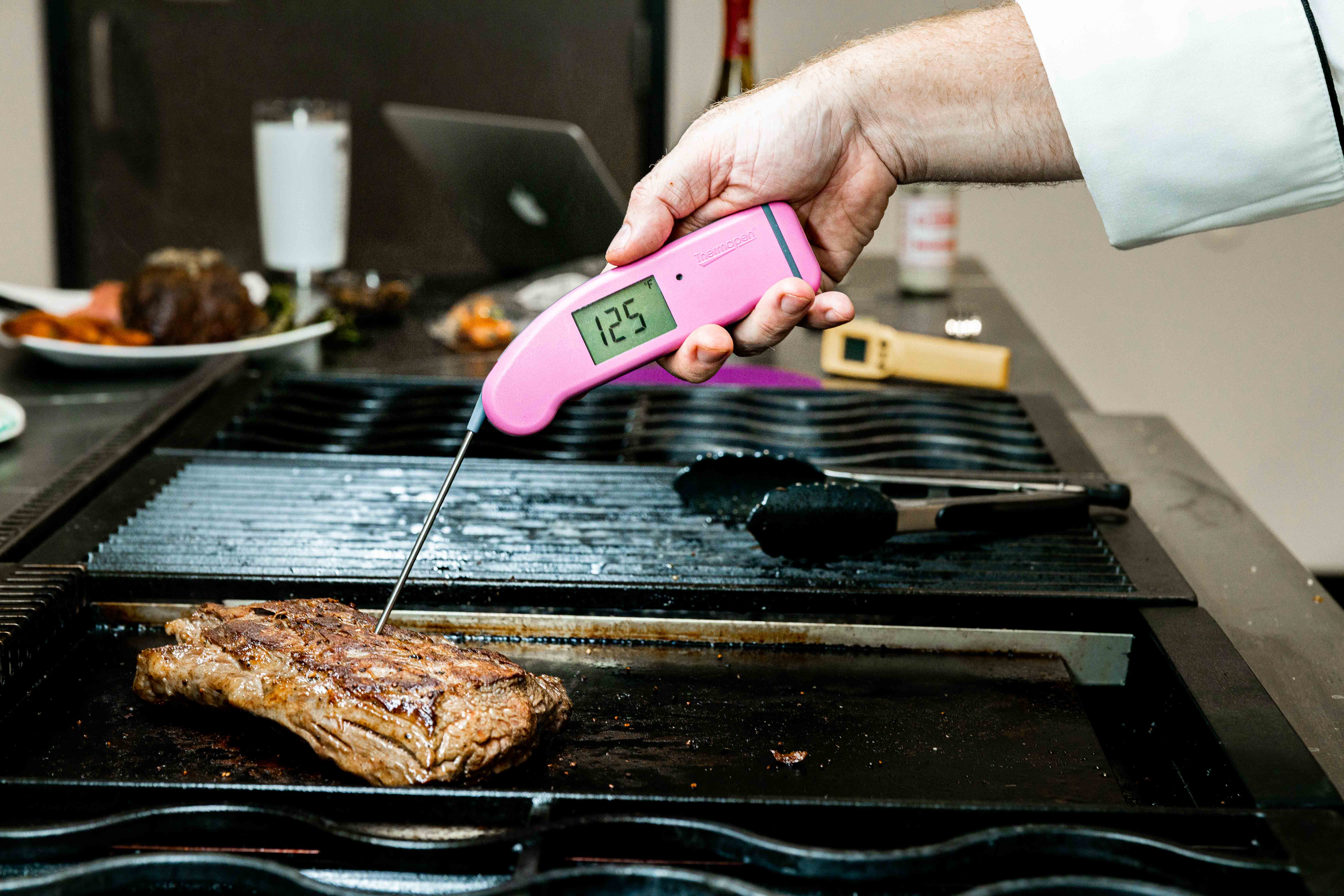
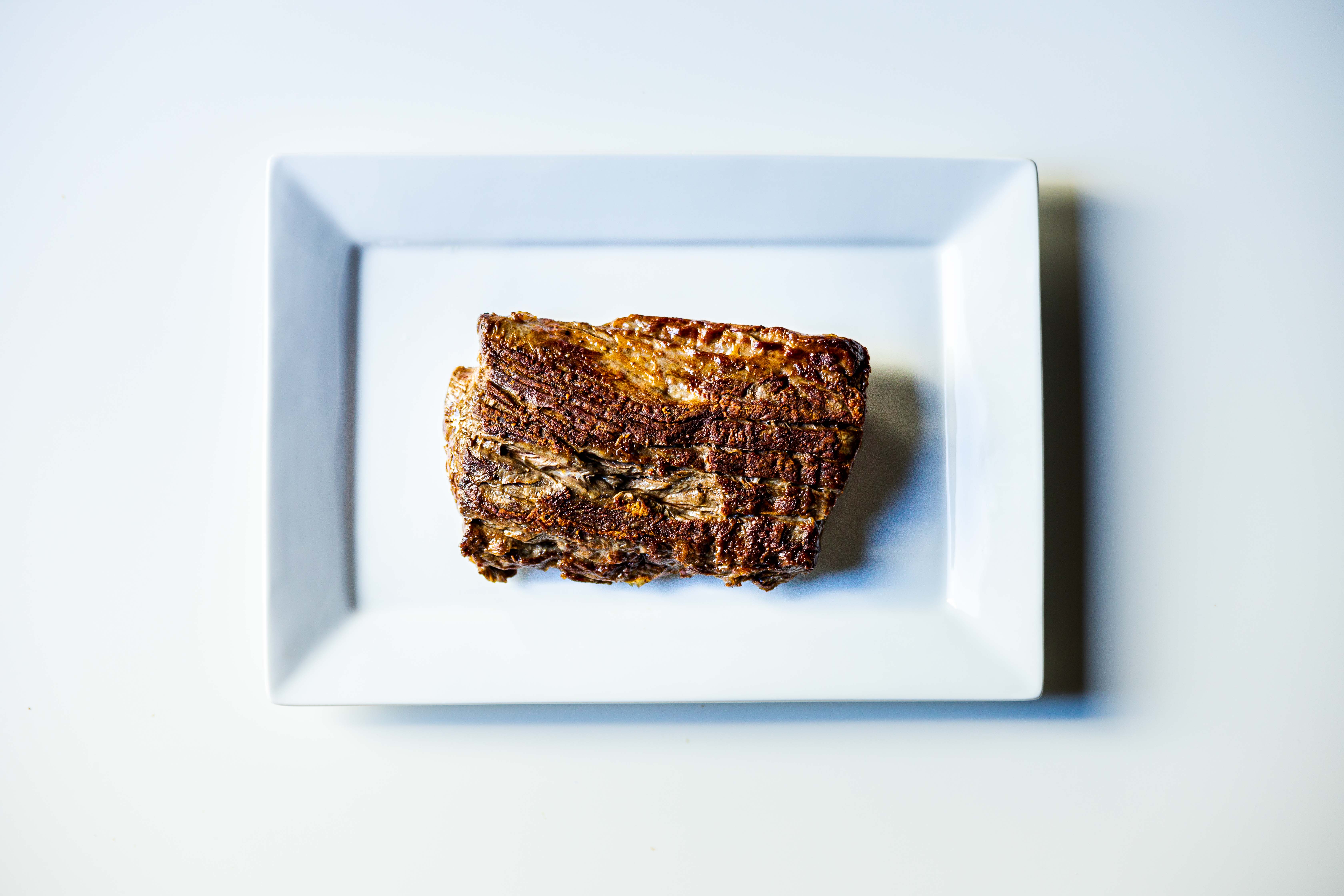


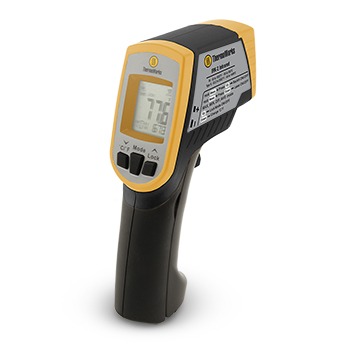
Preheat oven to 225 ( Preheat your oven to 225°F (107°C).) then instructed to cook at 250 (Once the loin is browned, insert the probe from a ChefAlarm into the center of the meat and cook it at 250°F (121°C) what am I missing here ??????
I fixed that typo! Thanks!
This looks amazing but the stove is what really caught my eye. In the photos of the cap cooking I see a plancha, an open grill and burners. Would you share the make and model stove with us? Thanks and I love all of my Thermoworks thermometers, pH meter and utensils!
HC,
It’s a Wolf SRT484CG, and it’s exactly as dreamy as it looks!
Two words for the Rib Eye loin…… Reverse Sear.
Salt it with kosher salt and some coarse ground pepper, and let it sit uncovered on a wire rack on a tray overnight, and then cook it at that low temp until it reaches internal temp of 125f.
Take it out but don’t tent it (discourage carry-over cooking), and let it set while tracking temp. When it drops down to 120-122f, get your cast iron pan up to temp with your high-temp oil and give a sear. Ensure you keep your thermometer in it as you turn the roast for that even sear and don’t exceed 127f. When you get there, take it off the pan, and tent for 10-15 minutes. It should climb a bit, to 130f-135f, ready to eat!
The salt and pepper the night before support your dry brine/seasoning throughout the loin.
The combination of overnight drying in the fridge, and the extended low temp cook will dry the exterior so it should not take long at all to get a gorgeous sear.
“Salt it with kosher salt and some coarse ground pepper, and let it sit uncovered on a wire rack on a tray overnight”
How long is it out for? over 8 hours? That doesn’t seem food safe at all.
I think he means in the refrigerator. If not, he should.
OK. So how much meat do we buy to serve 6 people? Since we are serving guests and a part of the usual roast is now being cut off, I’m not sure how much rib eye roast to figure per person.
I can’t wait to try this!
Thanks
Connie
One bone-worth of prime rib is good for two people. The same goes here, as we’re only taking away a little meat per slice. To be safe, go with a boneless 4-rib roast for 6 people. But make sure you get it from the end of the roast that has cap!
I read your freeze first test lab test for prime rib. Now that you have gotten feedback, would you (1) freeze and then pre-sear in oven at 500F for 10 minutes than put in second over at 225F, or (2) freeze and cook low and slow at 225F then let it rest for 15 minutes altering hit pull temp before searing at 500F for 10 minutes?
Of the two, I’d pick option 2. Reverse sear will give a more even cook than the high-oven sear method.
I am going to try this for my Christmas roast this year with a different twist that I made up a few years ago. I have a Cookshack FEC100 smoker and use 4 racks to to cook my roast.
This method gets good smoke on everything.
* Top rack, a pound of bacon or more, closely spaced on of rack that will cover the size of the roast.
* Roast on rack centered below bacon. Will probably do the Cap rolled into a roast.
* Roast ribs cut into individual ribs (or not) on rack below roast.
* Dip pan on rack below ribs
– Of course will be using my Thermoworks “Smoke” for Cap and Roast and Thermapen Mk4 to get the temps right.
The Bacon grease drips down on the roast and ribs, kind of self basting. This has been may favorite method for doing prime rib out of all the other methods I have tried.
The Bacon, Roast and Ribs end up being amazing!!!
Will have to try the Onion Butter and Truffle Salt also. https://blog.thermoworks.com/beef/ribeye-cap-the-best-of-the-best-cooked-just-right/#cut
The concept could probably be done in an oven with 2 or 3 racks depending on size of oven and roast.